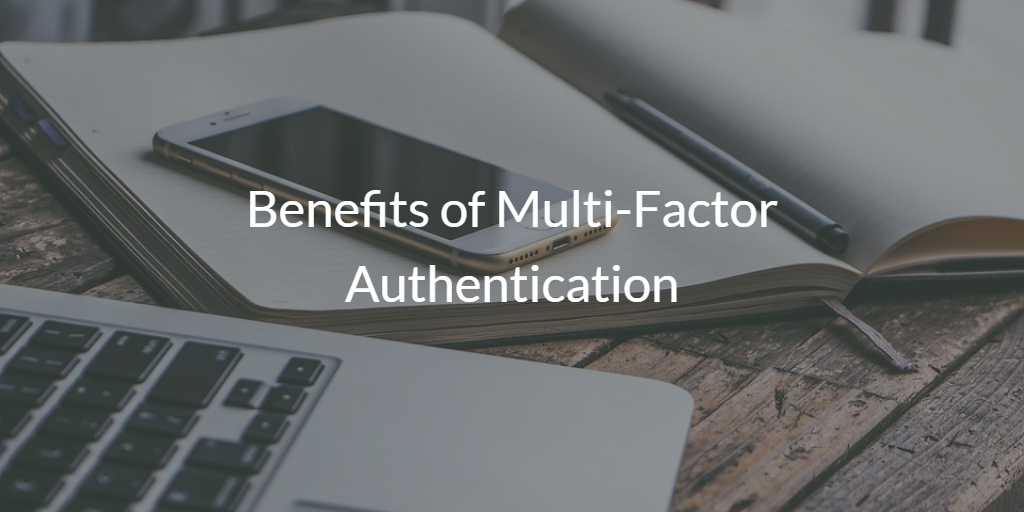- Get link
- X
- Other Apps
- Get link
- X
- Other Apps
The password is arguably the most popular and common security measure available, and it is often the most vulnerable. In 2016, it became known that identity theft hackers and cybercriminals were the top sources of data breaches. And how do most companies react in the event and when there is a risk of data protection breaches? They let the users change their passwords.
But the password has many shortcomings. For one thing,
passwords do not provide a sufficiently strong identity check. Anyone who
can get their hands on the password can just jump into an account and take what
they need. Also, the security of the account is based solely on the
strength of the password, which, as we all know, is usually not strong enough. Nobody
likes to remember strings that contain uppercase letters, lowercase letters,
numbers, and special characters. Users want something simple, easy to
remember, and unknowingly, easy to hack.
This is why organizations use multi-factor authentication, or
MFA, to complement the password as a means of access control or, in some cases,
as a real alternative to passwords. But first, what is MFA?
What Is Multi-Factor Authentication?
Multi-factor
authentication is the process of identifying an online user by validating two
or more requirements presented by the user. Each comes from a different
category of factors. You may have heard of it by the name of its variants
such as step-up authentication, advanced authentication, 2-step verification, and 2-factor authentication.
The three basic
Elements that can be used in MFA are:
a) something that the user knows,
such as a password or PIN number;b) something that the user has, such as a mobile device; and
c) something that the user is, such as a fingerprint, visual trait, or voice.
The principle of MFA is based on the fact that there is no
perfect authentication factor. Each implemented factor has its strengths
and weaknesses. In the concept of multi-factor authentication, a second or
third factor compensates for the weakness of the other factor (s) and vice
versa.
Now that we've gone through the basics of MFA, let's take a closer look at its benefits.
Strengthens
Security
As discussed above, the principle of MFA is that each factor
compensates for the weakness of the other factors. For example,
authentication factors can be vulnerable to brute force (hackers who
force logins) or social engineering attacks via
"something the user knows", such as passwords and pins. You
can complement it by adding an authentication factor that is not as easy to
guess as "something you have", where users are authenticated through
their mobile device, or "something that you are," like a biometric in
Form of fingerprint or voice. If the hacker does not have all the factors
required by the system, he will not be able to access the account.
A Step Towards
Compliance
Aside from encrypting data, many compliance standards -
national, state, or otherwise - typically dictate that organizations must
implement MFA for specific situations. This is especially true when it
comes to protecting sensitive data such as personal data (PII) or financial
data. This means that implementing MFA is actually a step towards
compliance.
And even if this MFA doesn't specifically require it, it may
still be the best step. For example, the Health Insurance Portability and
Accountability Act (HIPAA) does not specifically require MFA. But numerous provisions within the security rules subsections emphasize the need for a strong authentication mechanism. And
which strong authentication method do we know? It still boils down to MFA.
Choosing the right authenticators should also be high on your
priority list. Last year the National Institute of Standards and
Technology (NIST) just updated its guidelines on using multi-factor
authentication. They now state that out of band verification methods
that use PSTN, SMS, or voice calls are being discarded due to the risk of SMS
or voice calls being susceptible to interception.
This means that you cannot let compliance control your MFA
implementation alone. Don't fall into the trap of "checkbox
compliance" thinking just because you meet the regulatory requirements
that you have actually increased security. Make sure that the MFA method
you are using is currently recommended and always keep the goal of the system and
data security in mind, not just compliance.
Simplifies the
Login Process
You may think that using multiple authentication factors would
make logging into accounts more complicated. But the added security
offered by MFA allows organizations to use advanced sign-in options like single
sign-on.
Single sign-on works
in such a way that the user is validated via MFA during the login process. When
the user is authenticated, they are logged into their single sign-on software. From
there, he has access to the apps that are covered by the single sign-on
software without having to register for each app individually.
This scenario makes the MFA implementation practical because a
problem with the implementation is login fatigue. This refers to users who
are tired of logging in to different accounts and MFA would just put more stress
on users. But in combination with a single sign-on, a single MFA instance
would cover all the apps that the user needs.
MFA Is an Essential Component of Cybersecurity
With the number and scope of data breaches increasing, many
organizations are realizing their danger. It's good that cybersecurity has become a top
priority for many companies this year, especially with the rise in
cloud communications. To address these concerns, most
organizations implement MFA. Indeed, the Multi-Factor Authentication
(MFA) the market is projected to reach $ 12.51 billion by 2022, with average annual
growth of 15.52%. This shows that many organizations
believe that MFA is one of the best security measures one can implement right
now to protect businesses, users, and sensitive data.
You should install antivirus software to protect your sensitive data.
- Get link
- X
- Other Apps

Comments
Post a Comment